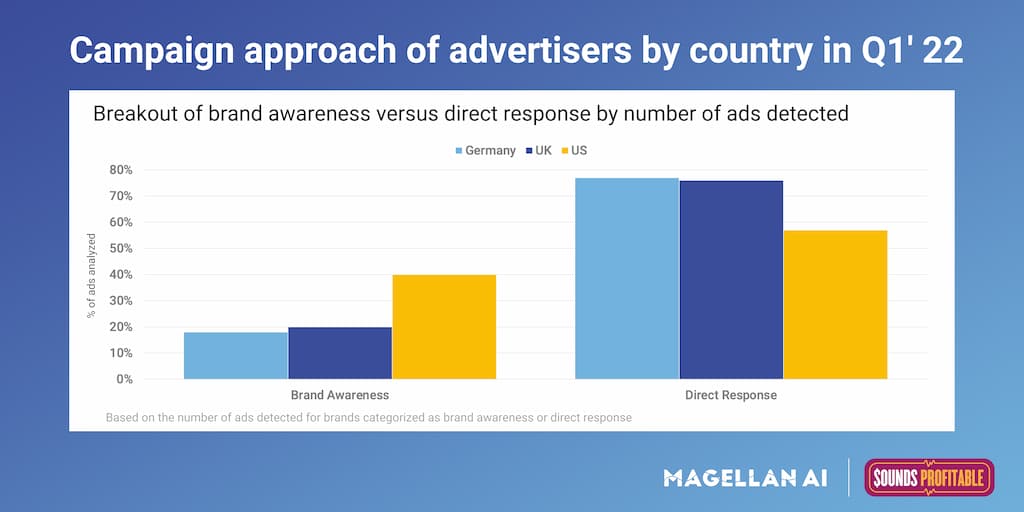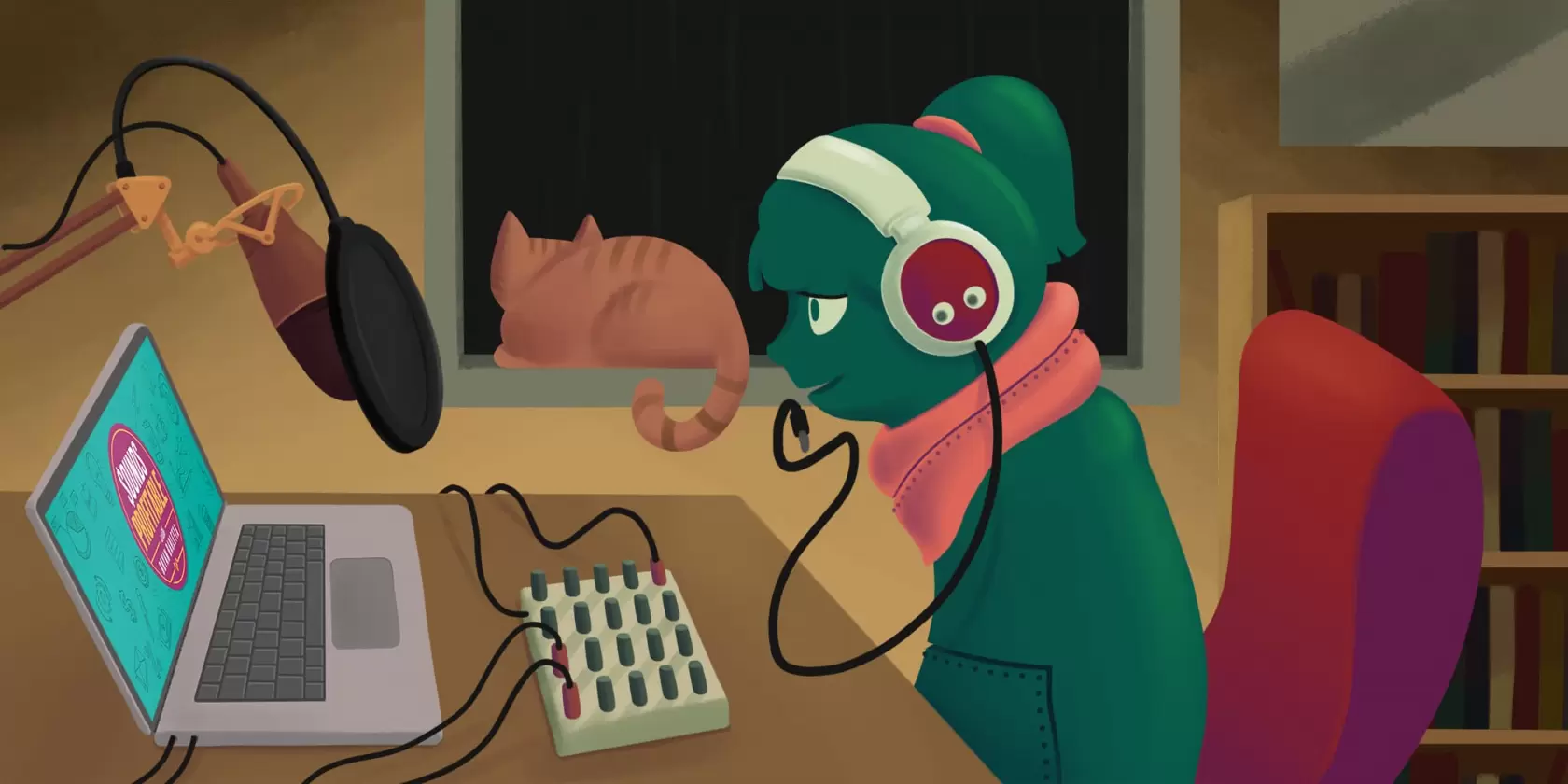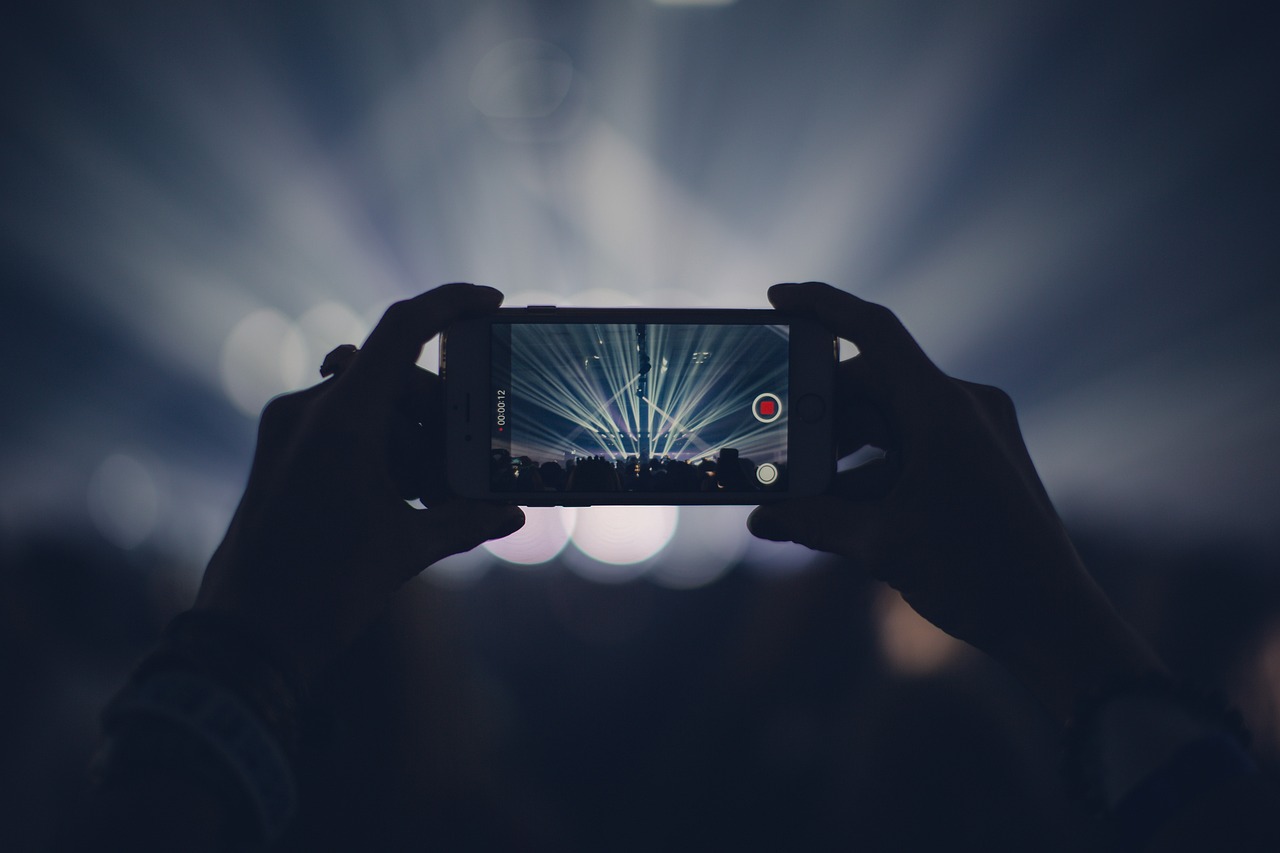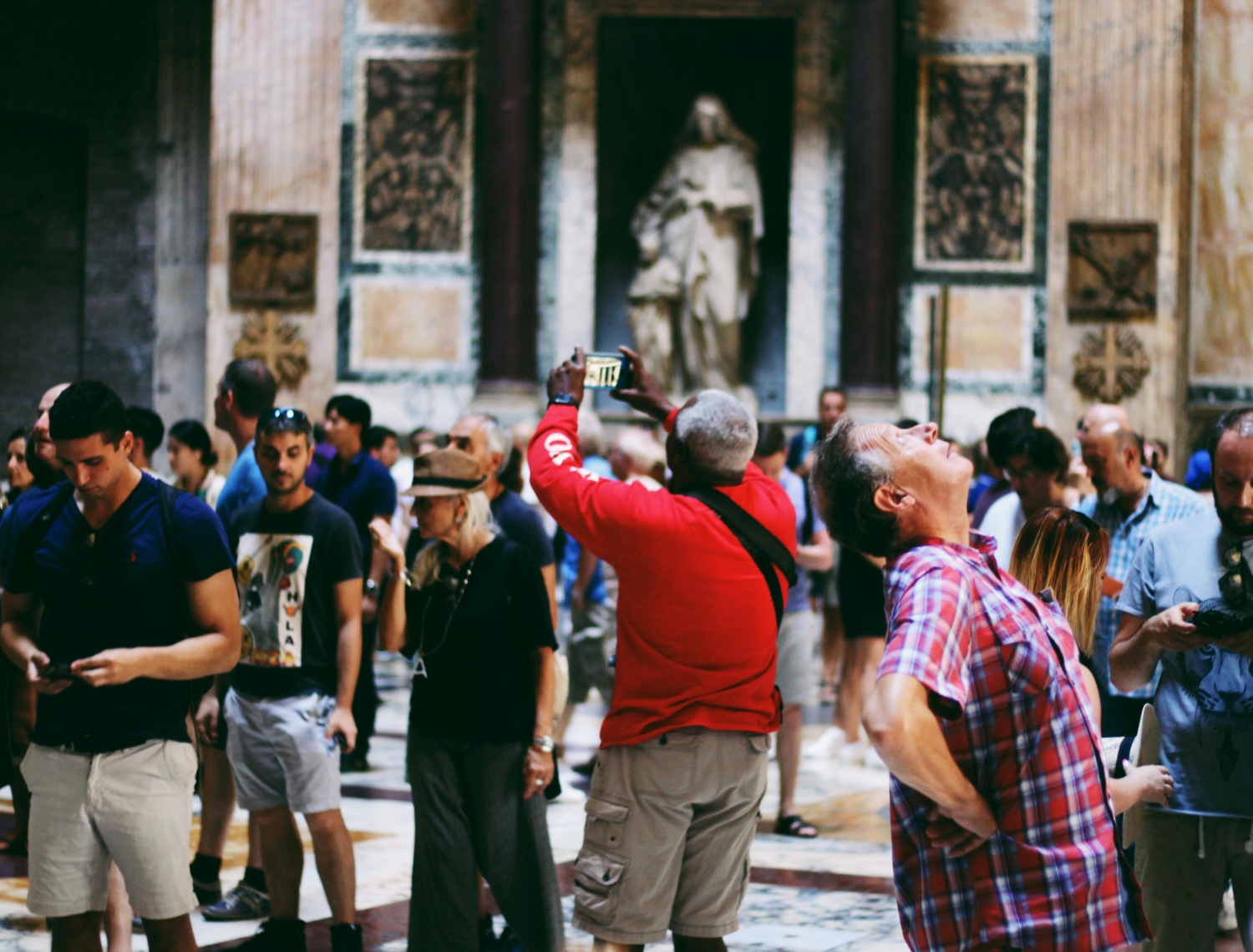Sounds Profitable, in partnership with Edison Research, has put together the first credible study of the profile of podcast creators in America. Watch live on June 28 @ 1:00p ET.
Bryan writes…
If you zoom out on the podcast adtech landscape today, so much of what we’ve built has been focused on empowering the publisher. Starting with the most obvious of hosting and the integrated adserving, to the ability for the adserver to fire third-party URLs for analytics and attribution. And now as we’re firmly rounding the corner into programmatic, we’re enabling the publishers’ adservers to call third-party adservers to see if there’s additional ad inventory available.
This benefits ad buyers too. Robust analytics and attribution can often enable a buyer to see all their data and success in one location. Embracing programmatic enables them to buy across a larger swath of inventory with terms and relationships already negotiated by the tech.
But in keeping that zoomed-out approach, one thing is perfectly clear: the advancements we’ve made to grow podcast adtech today are ripe for the next evolution in product, specifically geared to help buyers more confidently expand not only their investment, but their success in our industry.
Current Ad Buyer Tools
Before we dig into where we’re ready to go, I do want to give some appreciation to the buyer-focused tools that already exist.
Research and Planning
Enabling a buyer to easily find new shows and identifying what advertisers run on those shows helps publishers branch out of the top shows and networks and explore up-and-coming inventory. Ad tech can enable buyers to look at competitive brands and see what shows they’ve run on and for how long, providing insights into what specific shows—or better yet categories—they should explore. Platforms like Magellan AI, Podscribe, Podchaser, ThoughtLeaders, and Rephonic all provide different approaches to better equip buyers to run successful and well thoughtout campaigns.
Attribution and Analytics
In the very near future, podcasting absolutely will have to rally around one standard process to clarify exactly how many downloads a podcast has when pitching to a publisher. For now, that process is fragmented. And while publishers can manage this through screenshots, forwarded .csv files, and manually entering data into a spreadsheet, prefix analytics tools are the best central option right now—until hosting platforms prioritize those features internally. The advantage today is the buyer can choose which specific third party it wants to work with and require the publisher to utilize it for download tracking and campaign attribution, centralizing all their monitoring needs in a platform they trust.
Third-Party Verification
Once the campaign is live, the buyer can dig into a new set of tools—third-party verification— enable the monitoring of the live campaign through airchecks. By downloading the episode an ad is supposed to be served in multiple times from multiple IPs and User Agents, these services can not only tell if the ad was served correctly, but if the creative was executed based on the directions given.
So what we have today focuses around planning, monitoring, and double-checking. But what if I told you that all the work we’ve put in place for the advancement of programmatic could truly empower an ad buyer with real-time decision making and control, with next to no additional work?
A VAST Refresher
We have built podcasting into an amazing and sturdy industry with tools that many other channels have completely discarded or stick their nose up at. And one of those tools that doesn’t get a lot of love, is VAST, or Video Ad Serving Template. The short of it is, this video AND audio solution enables a publisher to set up a campaign and, instead of placing an MP3 for the ad audio file, they place a VAST URL. If you want the full rundown on VAST (which I highly recommend), check out our article where we broke it down fully to make it more accessible.
In short, that VAST URL is a call from the publisher’s ad server to the buyer’s ad server. Here’s exactly why that’s important:
As a buyer, I’m looking to test across multiple different inventory sources to get the best reach and the highest ROI for my campaign. If I manually provide audio files and tracking URLs to each partner, not only is there room for setup error when applying two assets per campaign, but each of those partners is a silo. While more and more publishers are exploring how to offer frequency capping across their inventory, if that’s not applied across their network or the entire campaign, setting a frequency cap of 4 simply means one person could hear the ad up to four times on every single show the ad runs on.
Now, if a buyer sets up their campaign in their own ad server, configures all the same targeting they’re asking of their publisher, sets all their own tracking URLs, and all the creative variations (heck, even rotating creatives for testing); they can simply provide each publisher with a unique VAST URL for the campaign they purchased. Then, every time that URL is called, the buyer’s ad server gets to make a few gut checks before responding with an ad:
- Does the targeting match? If the publisher forgot to limit the campaign to Texas, the buyers adserver can skip that ad request for Colorado because it doesn’t match what they purchased.
- Has this user hit frequency cap? Instead of it being capped per user per show or network, now its capped across the entire campaign.
- Is this on a show we agreed to run on? By passing show and episode IDs it can be possible to confirm the inventory matches the allow-list created for the campaign.
- Which creative do I want to show for this request? This is a full fledged adserver, so the buyer can easily determine down to the impression which variation of the creative to respond back with, and get granular reporting to back up which works best.
And if the buyer responds back that they don’t want the impression? No negative impact whatsoever for the publisher, as the next ad in the waterfall is given an opportunity to fill.
Wrapping it Up
This all sounds so great and easy when I write it out like this, so what’s the catch?
Not every hosting platform supports VAST, and of the ones that do not all of them follow the standards appropriately. While Megaphone, Art19, Omny/Triton, Spreaker, Whooshkaa, and AdsWizz are all platforms I’m aware of the support VAST, some of them have slight differences in how a publisher can set them up or how they properly respond to the VAST URL.
We also need to educate publishers on how to set these up, when to accept them, and the best ways to collaborate with buyers to drive further success. And each publisher would have to define business terms for the difference between using VAST for a campaign and using VAST as a way to create a private programmatic marketplace.
VAST is the primary way that podcast inventory is made available for programmatic, but many hosting platforms handle all of that behind the scenes to make things a bit smoother for the publisher. Moving VAST URLs into the campaign workflow isn’t a trivial amount of work, but it is a necessary improvement to enable more buyers comfort in buying podcasting.
Buyers looking to set themselves up with a VAST-first solution should reach out to podcast or audio focused DSP such as AudioHook, Adswizz, and Triton Digital, along with broader tech partners like Kevel, SoundStack, and Frequency. Getting educated on these options and being able to ask publishers and their hosting platforms to adopt them will help bring us further in line with the greater digital advertising space. But through VAST, I think, we’re able to do it with far less waste.
Finally, it’s also incumbent on hosting platforms to understand their customers, and gauge their awareness of tools like VAST, programmatic advertising, and other adtech solutions. A valuable first step? Registering for The Creators, the first research project from Sounds Profitable, and understanding the demographics and behaviors of the people producing podcast content in the industry’s first credible survey of podcast creators, The Creators will debut in a free webinar on June 28th, hosted by me and Tom Webster, and you can register here!
New Sponsors
Sounds Profitable exists thanks to the continued support of our amazing sponsors. Each sponsor receives one hour of consulting per month as a way to say thanks.
- GoKidGo, the audio imagination company for kids, is one of the first publishers exclusively creating freely accessed narrative podcasts for children. Supported by partnerships with UTA, Stampede Ventures, HappyNest, Workhouse Media, and pocket.watch, GoKidGo is on a mission to create audio experiences that feel like Pixar for your ears, and that offer practical support for the very real needs facing children around inclusivity, education, and much needed time away from screens.
- The CyberWire is B2B podcast network focusing on the world of cybersecurity and known for its popular shows like the CyberWire Daily, Hacking Humans, and Caveat, and is followed by many of the world’s most influential security leaders and operators in the public and private sectors.
Market Insights with Magellan AI

Continuing our series on differences between podcast markets globally, this week we dug into how campaign approaches varied by country in Q1′ 22. We found that across the US, UK, and Germany direct response advertisers are most popular, but brand awareness advertisers make up a much larger share of active advertisers in the US.
Compared to Q4′ 21, the % of direct response advertisers in the UK and Germany increased by 8% and 6% in Q1′ 22, respectively. Meanwhile in the US the % of direct response advertisers decreased by 2%.
Interested in more insights like this? Download the Q1’22 Podcast Advertising Benchmark Report for a full analysis.
Anatomy of an Ad with ThoughtLeaders

Sponsoring brand: Athletic Greens
Where we caught the ad: Healthier Together
Who else has sponsored this podcast? Thrive Market, Seed, Wild Health, Nuzset, Pique Tea, Dame
Where else has this brand appeared? Glitter and Garbage, The Nerds of Color, Seaweed Brain: A Percy Jackson Podcast, Tapped Out Wrestling Podcast, True Crime Creepers
Why it works: The entire ad is focused around a personal experience, with Athletic Green’s benefits seamlessly integrated. This makes the ad not only very convincing, but truly catches the attention of listeners who turn to this podcast for healthy lifestyle tips. This podcast sponsoring is unique and well-done!
Check out all the in-depth Anatomy of an Ad from ThoughtLeaders!











































































































































































































